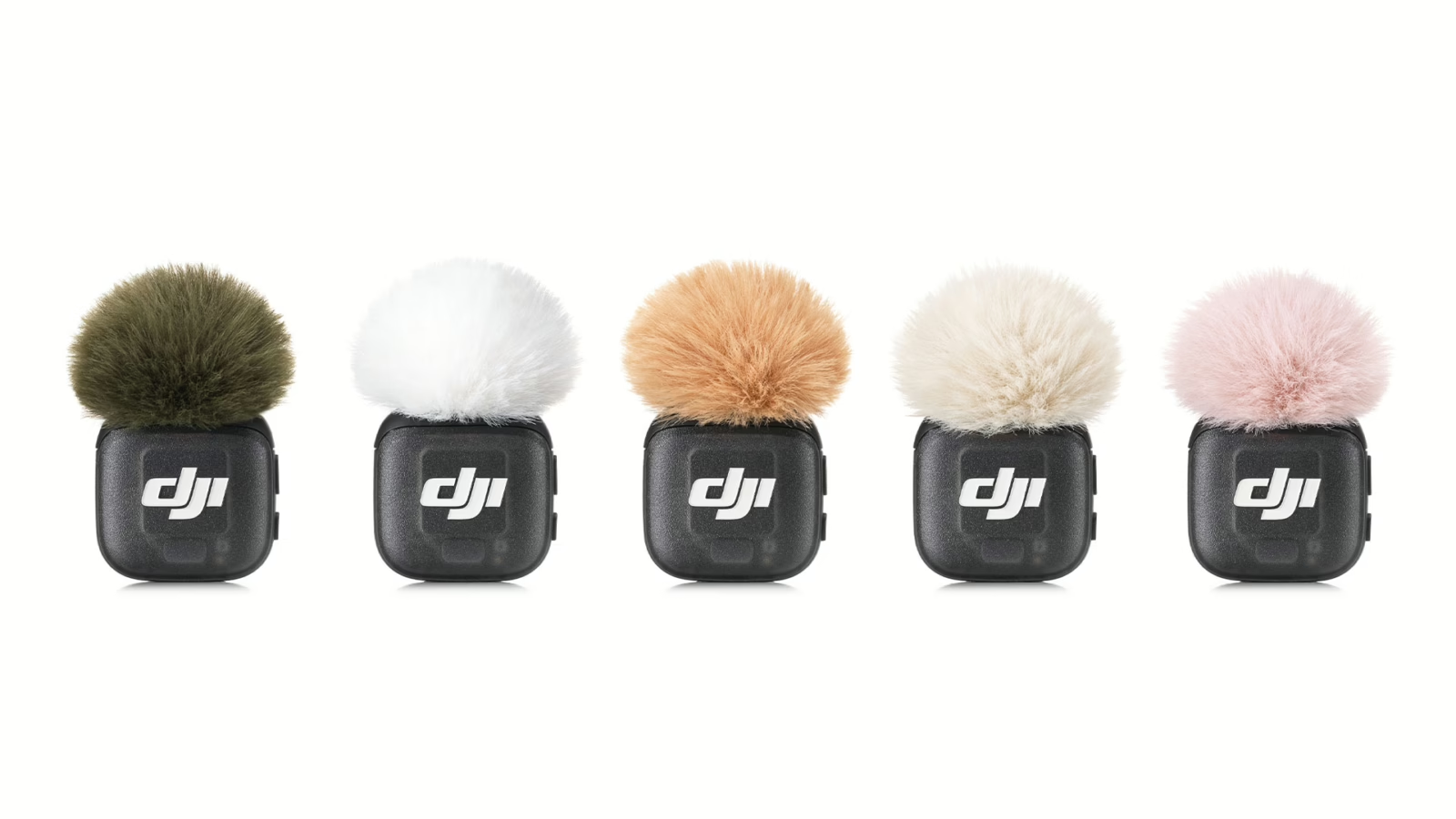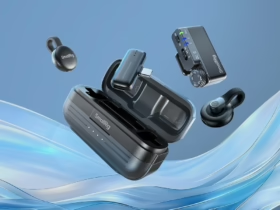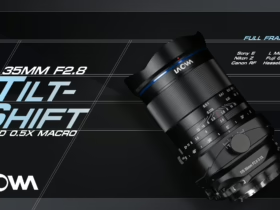DJI Mic 3 builds on its predecessor with a redesigned transmitter weighing just 16 grams. The detachable rotating clip allows flexible positioning, either with a magnet or clip-on mount. DJI also offers five windscreen colors for visual blending.
A major change is the removal of the 3.5mm lavalier mic input. The new transmitter only records from its internal microphone. This shift has raised speculation about a potential “Pro” version with lav input in the future. For now, users must rely solely on the built-in mic.
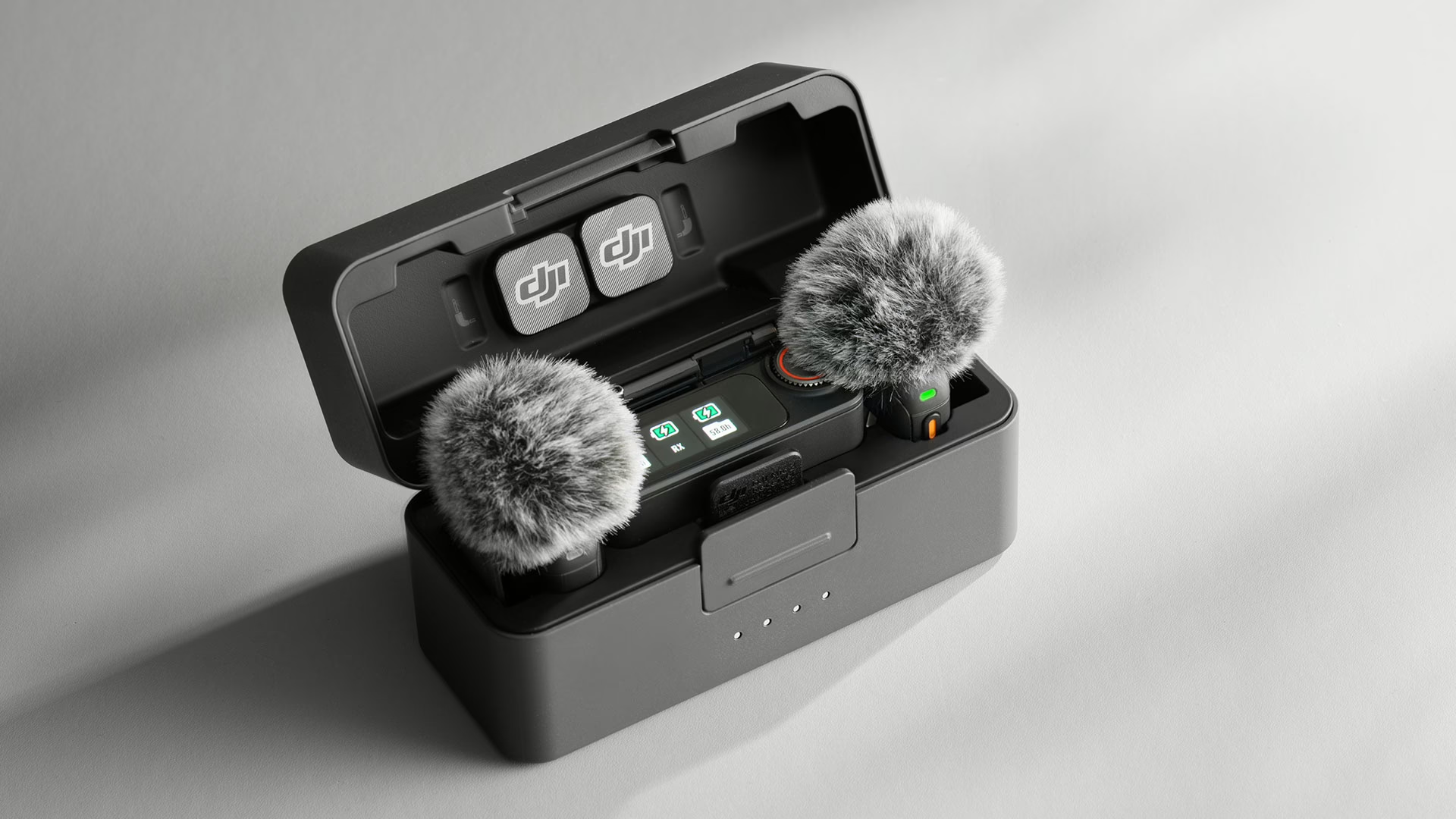
Multiple transmitters, adaptive gain, and noise reduction
DJI Mic 3 now supports up to four transmitters and eight receivers, enabling complex setups. In Quadraphonic mode, it can output four independent tracks when paired with compatible Sony cameras or software, giving filmmakers flexible mixing options.
The charging case stores two transmitters and one receiver with space for clips, windscreens, magnets, and cables. Unlike earlier versions, transmitters fit without removing accessories.
DJI introduces Adaptive Gain Control with two modes—Automatic and Dynamic—to optimize levels. Users also have three tone presets: Regular, Rich, and Bright. A two-level noise cancelling system reduces ambient sounds, while Lossless Audio delivers 48kHz 24-bit uncompressed audio.
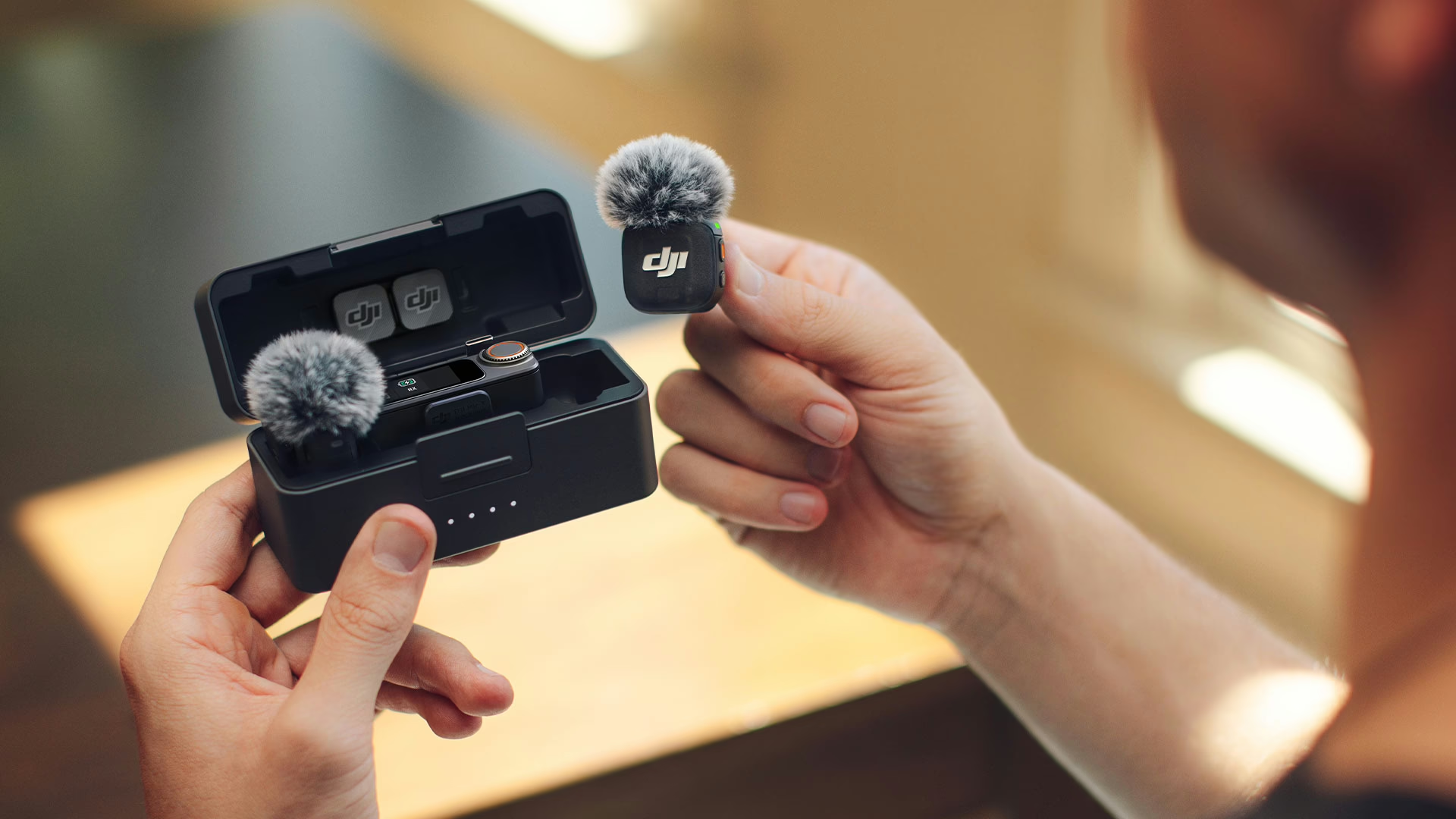
Extended range, timecode, and battery performance
DJI claims the Mic 3 maintains a stable signal up to 400 meters using automatic frequency hopping between 2.4GHz and 5GHz bands. Each transmitter supports dual-file internal recording in 24-bit or 32-bit floating point, storing both original and processed audio. Internal memory reaches 32GB per unit.
Timecode support is another standout upgrade. During internal recording, transmitters embed accurate timecode data, with less than one-frame drift over 24 hours, making synchronization easier for post-production.
Battery life is rated at eight hours for transmitters and ten hours for receivers, while the charging case extends use to 28 hours. A five-minute charge provides two hours of use, and a full charge completes in under an hour. Power-saving modes reduce downtime by putting units into sleep or shutting them off automatically.
The receiver connects via 3.5mm TRS, 3.5mm TRRS, USB-C, or directly to smartphones with Bluetooth. It also integrates seamlessly with DJI’s Osmo cameras, including Osmo Action 5 Pro, Osmo Action 4, Osmo Pocket 3, and Osmo 360.
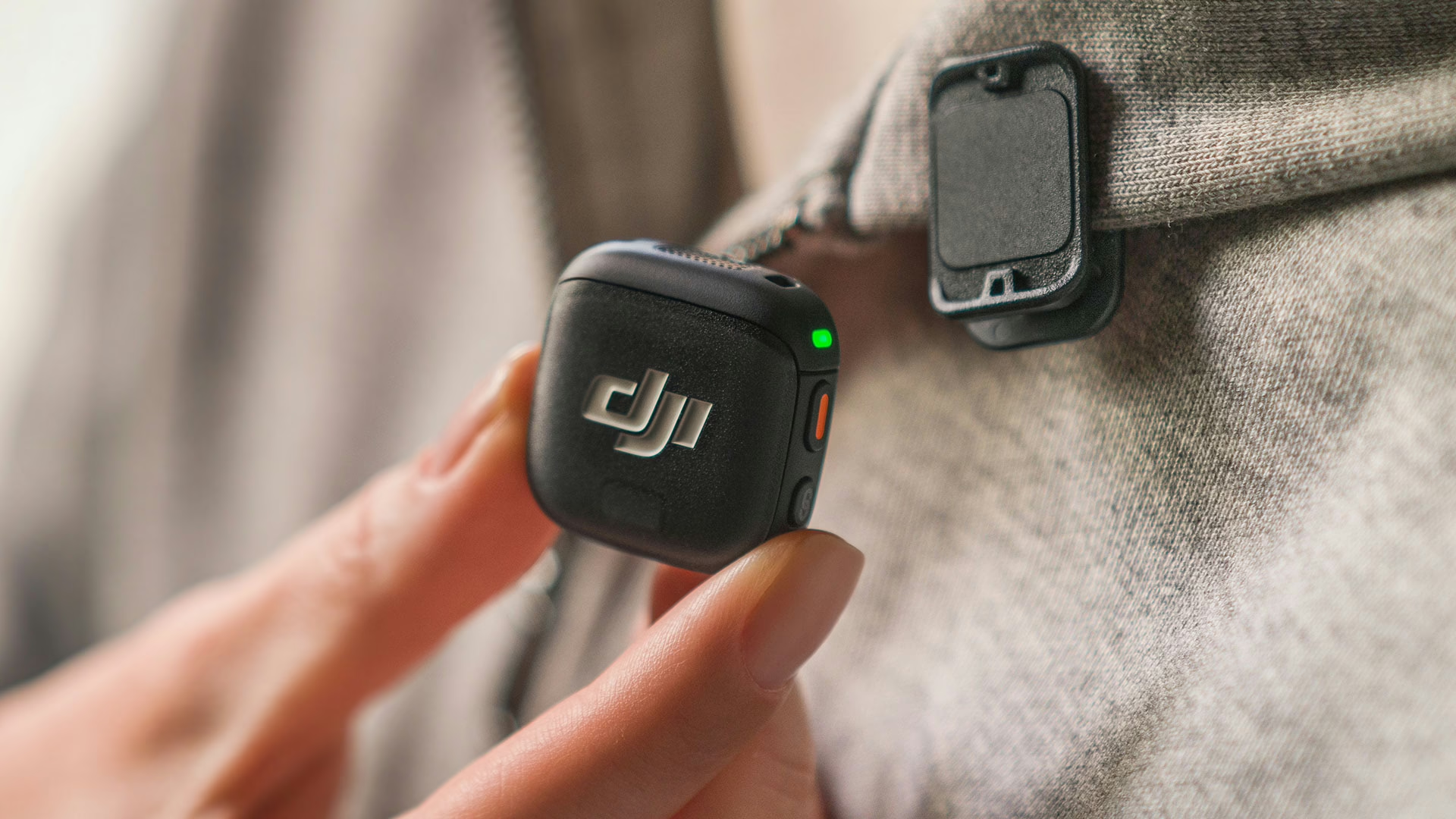
Price and availability
DJI Mic 3 is now shipping in several configurations. The two-transmitter, one-receiver kit with charging case costs around €309 in Europe, while the single-transmitter kit sells for about €199. Accessories such as windscreens, clips, mobile adapters, and standalone transmitters or receivers are also available.
DJI Mic 3 offers filmmakers flexible recording, reliable performance, and advanced features like timecode and adaptive gain. Still, the lack of a lav mic input may limit its appeal for professionals needing discreet setups.


